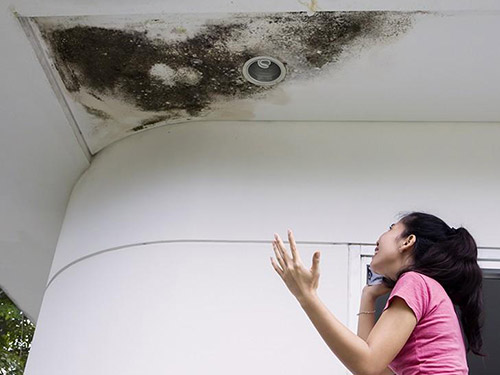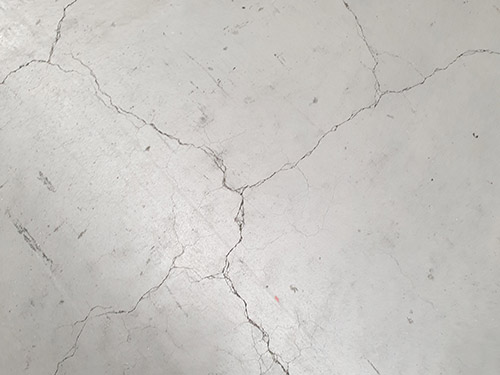
 |
Need Support? |
 Flooring
Epoxy and how it is used in flooring
Flooring
Epoxy and how it is used in flooring
Generally, once the concrete is levelled, smoothed and primed, a mixture of resin and hardening chemicals are then immediately poured over the concrete and allowed to harden...
 Waterproofing and Roofing
Common Problems Associated with Poor Waterproofing
Waterproofing and Roofing
Common Problems Associated with Poor Waterproofing
In order to construct a building that will stand the test of time, one of the key factors is the application of high-quality waterproofing. A poorly designed and installed...
 Concrete
A Beginner’s Guide to Managing Cracks in Concrete
Concrete
A Beginner’s Guide to Managing Cracks in Concrete
Cracks in concrete are a common sight. While some cracks are inevitable and not of great concern, some are signs of a larger underlying issue. We explore the three main reasons...
